🪰 A team of researchers has unveiled the complete connectome of a male fruit fly central nervous system—a seamless map of all the neurons in the brain and nerve cord of a single male fruit fly and the millions of connections between them.
🔗 https://hhmi.news/4o3EJnk
06.10.2025 14:16 — 👍 37 🔁 19 💬 1 📌 4
Assistant Professor - Tenure Track Faculty
The Department of Molecular Biology and Biochemistry at Rutgers, The State University of New Jersey, is inviting applicants for a tenure-track Assistant Professor position. The position requires a doc...
Despite These Times...my department is hiring! I really like my department, we have a good mix of disciplines and organisms and we're really low-drama. We also get pizza at faculty meeting. So if you're a computational and structural biologist, join us! 🧪 jobs.rutgers.edu/postings/260...
01.10.2025 19:35 — 👍 103 🔁 92 💬 3 📌 3
Come join the Neuroscience community as Case Western!
01.10.2025 17:20 — 👍 3 🔁 0 💬 0 📌 0
A revised version of our preprint now includes results from D. biarmipes Or67a paralogs, data from a second D. suzukii Or67a4 mutant, and a model describing how Or67a paralogs are expressed in two distinct neuronal types in D. suzukii. Stay
www.biorxiv.org/content/10.1...
30.09.2025 07:46 — 👍 5 🔁 3 💬 0 📌 0
Apply - Interfolio
{{$ctrl.$state.data.pageTitle}} - Apply - Interfolio
Case Western Reserve Department of Biology is hiring! We're recruiting for a tenure-track position focusing on eukaryotic microbiology, especially microbial/environment interactions. Please share widely: apply.interfolio.com/174456
29.09.2025 16:35 — 👍 8 🔁 7 💬 0 📌 1
new pape from our lab, led by the indefatigable @chrisjdallmann.bsky.social. i am very proud of this one.
17.09.2025 16:06 — 👍 53 🔁 15 💬 2 📌 2
Now out in @nature.com: Our study discovering a neural circuit in Drosophila that predictively inhibits proprioceptor axons during voluntary leg movements, such as walking and grooming. www.nature.com/articles/s41...
17.09.2025 15:14 — 👍 69 🔁 30 💬 4 📌 2
Portail Emploi CNRS - Offre d'emploi - Postdoc position (M/F) in Neuroscience, stress modulation of learning (H/F)
You just finished your PhD and you are looking for a postdoc to study stress-dependent modulation of learning. We are using the powerful fly model to understand the underlying circuits and mechanisms. You can apply here:
emploi.cnrs.fr/Offres/CDD/U...
15.09.2025 10:25 — 👍 11 🔁 16 💬 0 📌 2
I am thrilled to announce that I just opened my lab at New York University in @nyucns.bsky.social and Biology! Our work will explore the richness of animal behavior, dissecting the genetic and circuit mechanisms that shape its evolution.
04.09.2025 17:13 — 👍 49 🔁 12 💬 6 📌 1
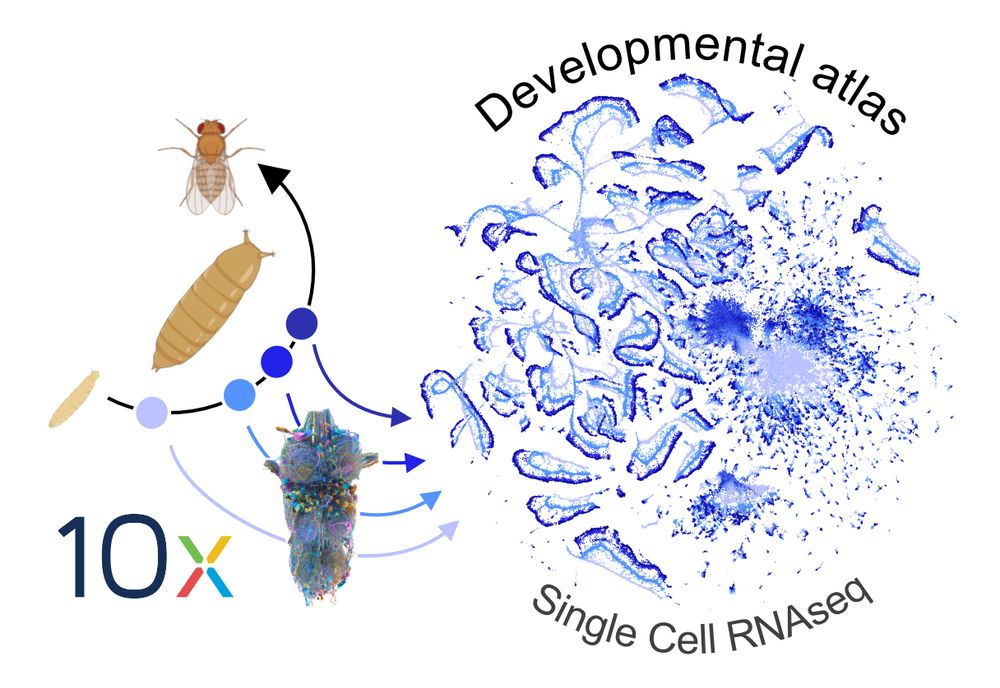
ALT text: A UMAP representation of a single cell RNAseq dataset from the Drosophila ventral nerve cord as well as images of the Drosophila nerve cord connectome and different stages of fly development.
Neuronal diversity is written in transcriptional codes 🧬. But what is the logic of these codes that define cell types and wiring patterns?
To find out we built a #scRNAseq developmental atlas of the Drosophila nerve cord and linked it to the #connectome 🪰🧠
#preprint thread ⬇️1/8
21.08.2025 16:04 — 👍 114 🔁 56 💬 6 📌 2
Happy to announce that @ajblake05.bsky.social’s JEB paper was selected as this month’s Editors Choice article. This article discovered that mosquito color/wavelength preferences shift depending on the odor they experience.
02.09.2025 21:11 — 👍 22 🔁 7 💬 0 📌 0
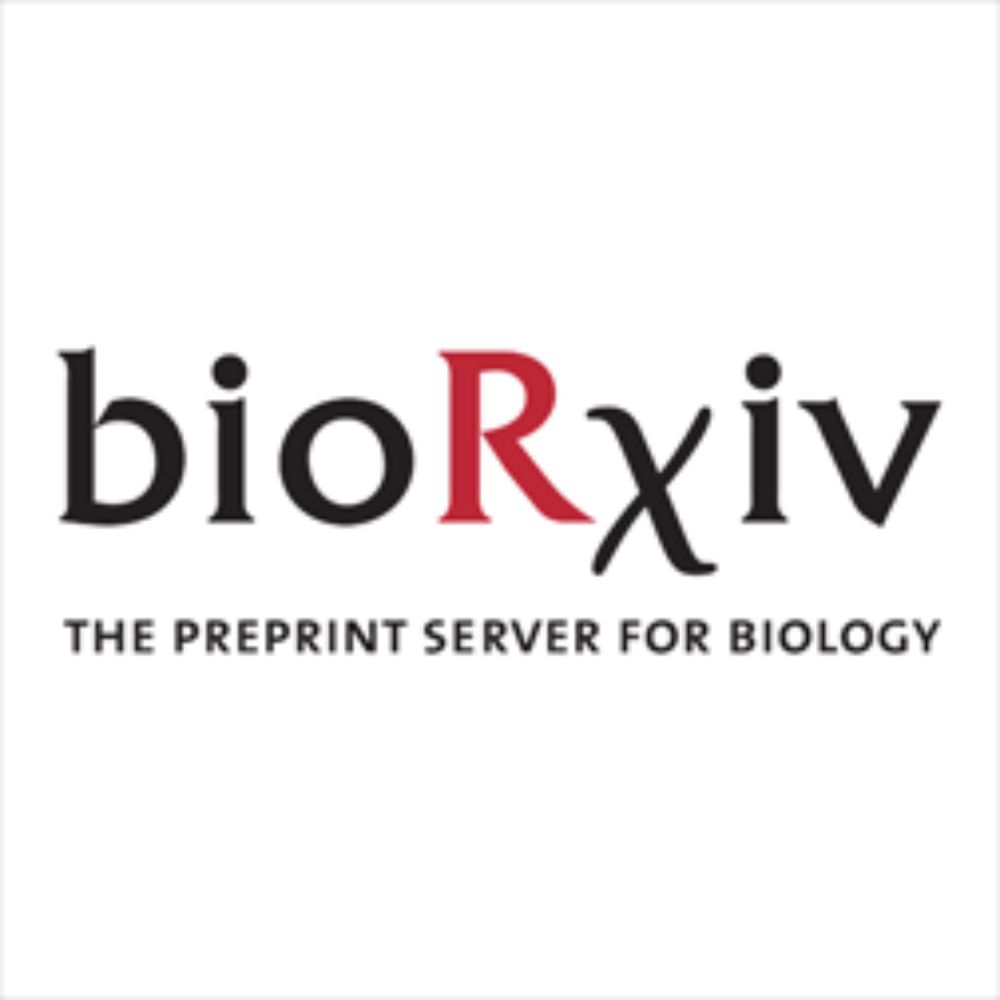
Mice navigate scent trails using predictive policies
Animals actively sense their environment to extract features of interest to guide behaviors. For mammals, odors are prominent environmental features which are sampled by active modulation of sniffing ...
Thrilled to share this work, long time in the making! Carried through creatively by @siddjakes.bsky.social after initial design & piloting by @trackingskills.bsky.social, with help from @trackingactions.bsky.social. Modeling in collaboration with Massimo Vergassola & Nicola Rigolli.
01.09.2025 19:06 — 👍 125 🔁 42 💬 1 📌 2
If you are a researcher whose lab uses FlyBase, consider a tax-deductible personal contribution. A lot of $100 contributions would help bridge the gap until we can set up a user fee system, and even $10 donations send the folks there the message we're behind them. Please share
27.08.2025 00:27 — 👍 58 🔁 48 💬 2 📌 1

Can't wait to read this preprint from Misha Ahrens and team. Calcium imaging in larval zebrafish, in every cell in the body! Amazing.
www.biorxiv.org/content/10.1...
22.08.2025 22:21 — 👍 80 🔁 22 💬 1 📌 3
I watched the video and donated - it was super easy! Please donate if you’re able, and help spread the word so that we can keep this essential resource going.
22.08.2025 19:26 — 👍 10 🔁 7 💬 1 📌 0
FlyBase:Contribute to FlyBase - FlyBase Wiki
Fly folk:
The Amazing and essential @flybase.bsky.social is in existential need due to Trump termination of the grant that supports this vital resource.
Please donate to help keep Flybase alive. I just did. Info here on how to make a tax deductible donation:
wiki.flybase.org/wiki/FlyBase...
22.08.2025 19:22 — 👍 14 🔁 14 💬 1 📌 0

Dear Fly Community,
In May 2025, the NIH terminated all grant funding to Harvard University, including the NHGRI grant that supported FlyBase. This grant also funded FlyBase teams at Indiana University (IU) and the University of Cambridge (UK), and as a result, their subawards were also canceled.
The Cambridge team has secured support for one to two years through generous donations from the European fly community, emergency funding from the Wellcome Trust, and support from the University of Cambridge. At IU, funding has been secured for one year thanks to reserve funds from Thom Kaufman and a supplement from ORIP/NIH to the Bloomington Drosophila Stock Center (BDSC).
Unfortunately, the situation at Harvard is far more critical. Harvard University had supported FlyBase staff since May but recently denied a request for extended bridge funding. As a result, all eight employees (four full-time and four part-time) were abruptly laid off, with termination dates ranging from August to mid-October depending on their positions. In addition, our curator at the University of New Mexico will leave her position at the end of August. This decision came as a shock, and we are urgently pursuing all possible funding options.
To put the need into perspective: although FlyBase is free to use, it is not free to make. It takes large teams of people and millions of dollars a year to create FlyBase to support fly research (the last NHGRI grant supported us with more than 2 million USD per annum).
To help sustain FlyBase operations, we have been reaching out to you to ask for your support. We have set up a donation site in Cambridge, UK, to which European labs have and can continue to contribute, and a new donation site at IU to which labs in the US and the rest of the world can contribute. We urge researchers to work with their grant administrators to contribute to FlyBase via these sites if at all possible, as more of the money will go to FlyBase. However, we appreciate that some fu…

https://wiki.flybase.org/wiki/FlyBase:Contribute_to_FlyBase
Our immediate goals are:
1. To maintain core curation activities and keep the FlyBase website online
2. To complete integration with the Alliance of Genome Resources (The Alliance).
Integration with the Alliance is essential for FlyBase’s long-term sustainability. For nearly a decade, NHGRI/NIH has supported the unification of Model Organism Databases (MODs) into the Alliance, which we aim to achieve by 2028. Therefore, securing bridge funding to sustain FlyBase over the next three years is crucial for successful integration and the long-term access to FlyBase data.
At present, our remaining funds will allow us to keep the FlyBase website online for approximately one more year. Beyond that, its future is uncertain unless new funding is secured. We will, of course, continue pursuing additional grant opportunities as they arise.
Given the uncertainty of future NIH or alternative funding sources, we are relying on the Fly community for support. Your contributions will directly help us retain the staff needed to complete this transition and to secure ongoing fly data curation into the Alliance beyond 2028.
We at FlyBase are incredibly grateful for the outpouring of support from the community during this challenging time. Your encouragement has strengthened our resolve and underscores how vital this resource remains to Drosophila research worldwide.
Sincerely,
The FlyBase Team
The community of Drosophila researchers is amazing, mutually supportive and collaborative. Right now a key resource for our community, @flybase.bsky.social , is threatened by the cancellation of its NIH grant and is seeking community help in raising short term funds 1/n 🧪 please share
23.08.2025 12:18 — 👍 151 🔁 128 💬 1 📌 8
Please please please, if you are able, consider supporting Flybase fiscally. They need our help! I donated this evening. They are in danger of closing and any amount will help. We cannot allow this critical pillar of science to collapse!
23.08.2025 03:07 — 👍 26 🔁 22 💬 2 📌 1
I just donated as well. This is a critical resource that is essential for all of us.
23.08.2025 12:49 — 👍 4 🔁 1 💬 0 📌 0
FlyBase:Contribute to FlyBase - FlyBase Wiki
FlyBase needs your help! We ask that European labs continue to contribute to Cambridge, UK FlyBase, whereas US and other non-European labs can contribute to US FlyBase. For more information and how to donate: wiki.flybase.org/wiki/FlyBase...
15.08.2025 12:45 — 👍 127 🔁 157 💬 3 📌 26
How is the nervous system organized to coordinate behavior? To approach this massive question, a team led by @asbates.bsky.social, @jasper-tms.bsky.social, @mindyisminsu.bsky.social, & Helen Yang present the BANC: a Brain and Nerve Cord connectome.
Preprint: doi.org/10.1101/2025...
🧪#Neuroskyence
03.08.2025 15:16 — 👍 130 🔁 59 💬 4 📌 6
With @megyounger.bsky.social's lab, et al., we present the first connectomics work in the disease-vector mosquito Aedes aegypti, revealing how its brain is wired to detect host cues.
Preprint: doi.org/10.1101/2025...
#Neuroscience #Connectomics #vEM #VectorBiology 🧪
03.08.2025 03:50 — 👍 59 🔁 24 💬 1 📌 1
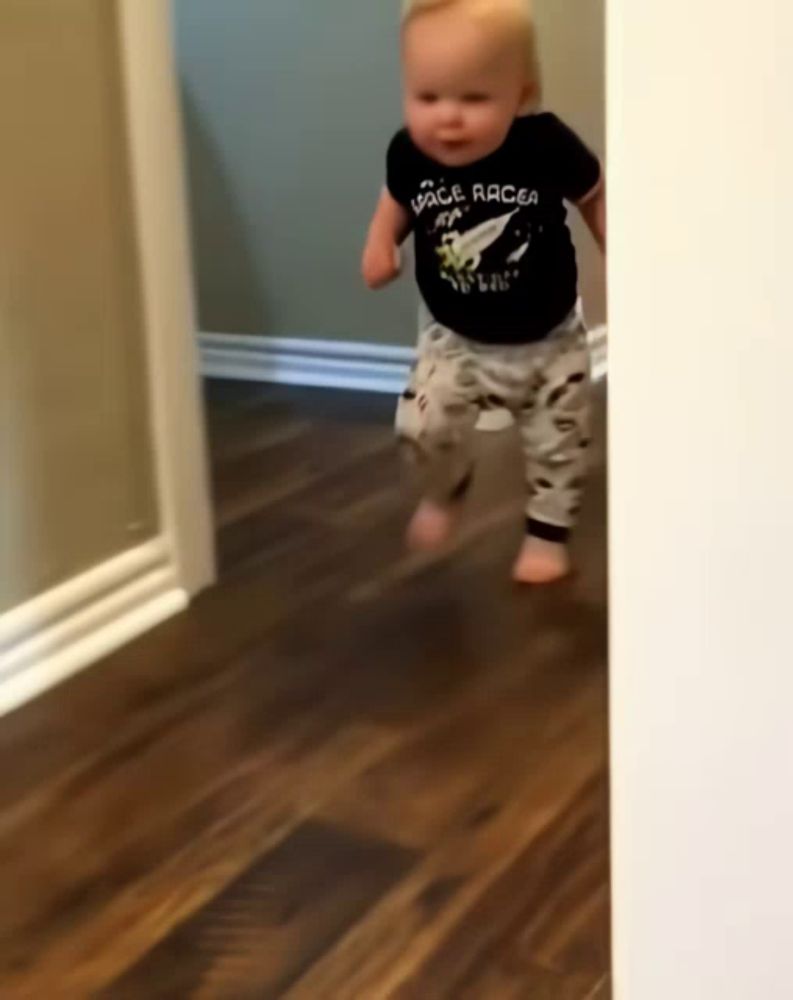
a baby wearing a black space racer shirt
ALT: a baby wearing a black space racer shirt
Preprint Alert! Walking mostly feels natural and easy to us - but the neuronal control of walking is actually incredibly complex. We leveraged the fruit fly as a genetically tractable animal model with a compact nervous system to ask how the brain controls walking direction: tinyurl.com/flywalk. 🧵..
28.07.2025 06:18 — 👍 44 🔁 22 💬 1 📌 0
Congratulations Stephane!
27.06.2025 18:26 — 👍 1 🔁 0 💬 1 📌 0
Jonaitis, J., Hibbard, K. L., McCaffertY, ..., Cardona, A., Truman, J. W., Nose, A., Zwart, M. F., Pulver, S. R. (2024). STEERING FROM THE REAR: COORDINATION OF CENTRAL PATTERN GENERATORS UNDERLYING NAVIGATION BY ASCENDING INTERNEURONS. bioRxiv, www.biorxiv.org/content/10.1...
28.05.2025 00:11 — 👍 2 🔁 1 💬 0 📌 0
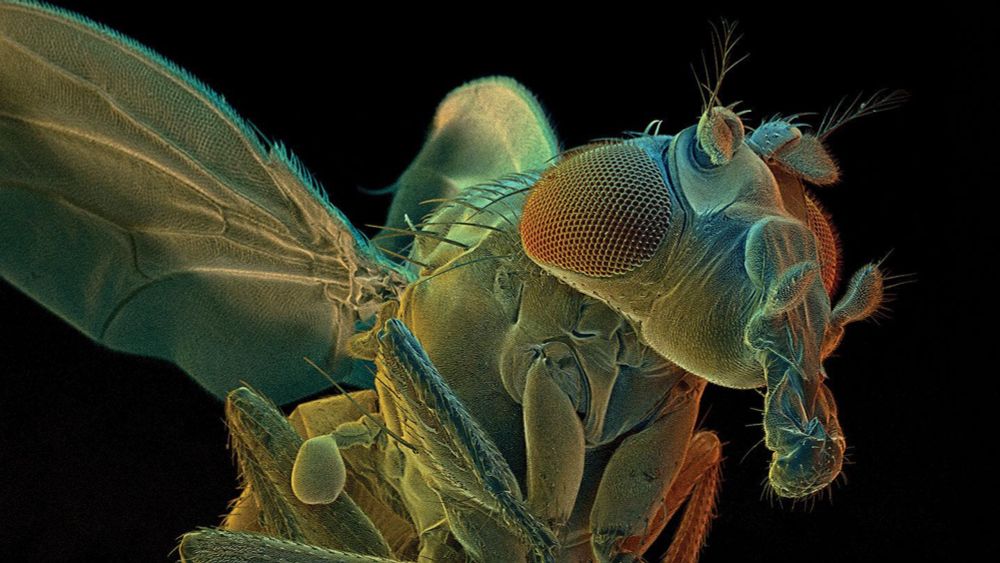
Thoughts Fly | UVM Magazine | The University of Vermont
nice writeup at UVM magazine on my Drosophila connectomics work out here in rural Vermont:
www.uvm.edu/magazine/new...
(Notably the author compares our now-standard fly connectome visualizations to "Princess Leia's hairdo on LSD" 😀)
26.05.2025 13:51 — 👍 15 🔁 5 💬 1 📌 0
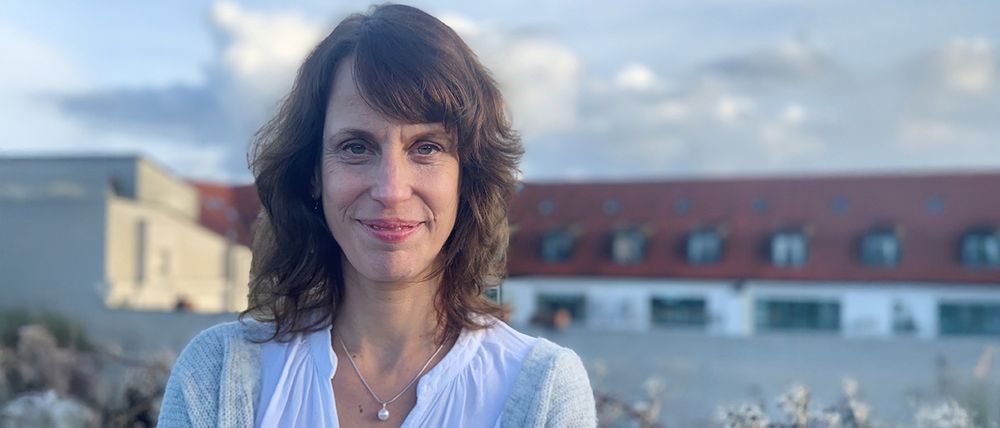
Die neue Würzburger Professorin Silke Sachse. (Foto: Nives Kramberger)
Wir begrüßen Professorin @silkesachse.bsky.social als neue Leiterin des Lehrstuhls für #Neurobiologie und #Genetik! Sie kommt aus Jena zu uns (@mpi-ce.bsky.social) und erforscht den Geruchssinn von #Insekten.
➡️ www.uni-wuerzburg.de/aktuelles/ei...
21.05.2025 09:08 — 👍 44 🔁 12 💬 2 📌 2
Fly Neuroscientist and other good things.
Development, assembly and maintenance of respiratory circuits. Associate Prof. at Case Western Reserve University.
Professor at the University of Lausanne interested in genetics, neuroscience and evolution
Zombiologist, Assistant Professor, lover of fungus, puns, and small dogs. Opinions just mine.
Assistant Professor CWRUSOM in the Institute for Glial Sciences & HHMI Hanna Gray Faculty Fellow | Scientific Director at Rise Up | open science, equity, innovation
scavuzzolab.org
riseupnortheastohio.org
How do insects perceive their environment? | Sensory-Ecology | Insect-Plant communication | Chemical senses | Evo-Devo | WUR
Institute of Neurobiology - University of Puerto Rico
Old San Juan, Puerto Rico
https://neuro.rcm.upr.edu/
PhD candidate @ Rutgers studying circadian rhythms in fruit flies, formerly #DACAmented. NJCU Alum. NSP Fellow. Neuro Latine Co-Founder.
K. Lisa Yang Brain-Body Center Postdoctoral Fellow at Steve Flavell's Lab @Picower Inst, MIT | PhD from Michael Hendricks' Lab @IPN, McGill Univ | Animal behavior | Neuroscience | Open science
Postdoc in the Rubin lab at Janelia | Neuronal circuitry underlying social behavior | Host-microbe interactions | Ph.D. Caltech | she/her | https://www.janelia.org/people/katie-schretter
Dog Lover, Scientist studying biological rhythms, Professor. Views are my own.
Neuroscientist with too many plants.
Assistant professor @bu-biology.
she/her
youngerlaboratory.org
Postdoc, John Tuthill lab.
Ph.D., John Carlson lab.
Undergraduate, Yulong Li lab.
Neuroscience PhD Candidate @ Iowa State University, U.S.A.; Glia, metabolic organelles, circadian/sleep & 🪰 enthusiast. Driven to discover the unknown & generate new knowledge. ChelseaFC 💙
Neuroscientist studying motor control in Drosophila. MSCA Fellow at University of Würzburg (Ache Lab). Previously postdoc at University of Washington, Seattle (Tuthill Lab).
Sensory biology, genetics, behavior, and evolution (especially in the Twilight Zone) | Incoming Assistant Professor, NJIT Biological Sciences (Fall '26) | Current postdoc, University of Lausanne, Benton Group
https://himmellab.org
Evolutionary Neurobiology and Behaviour
www.shmontgomery.co.uk












